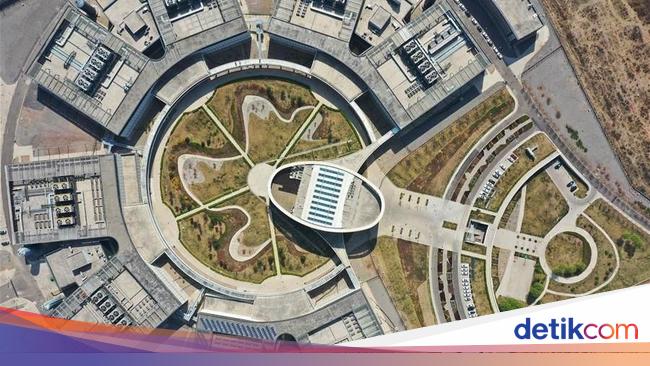Jakarta –
Imagine you live in a cool, green city, where every trip to support your activities can be done in just a matter of minutes?
This fantasy was an example for urban planning, which sparked the idea of 15 minutes, where all basic needs and services could be achieved in just a quarter of an hour. It also aims to help improve public health and reduce vehicle emissions.
“Urban planning is not simply a matter of allocating space for buildings, parks, and functions, but rather a design of places where urban communities will live, work, interact, and, hopefully, thrive for a long time,” he wrote Paolo Santi, Massachusetts Institute of Technology scientist, comments on the AI Improves the Design of Urban Communities research by Yu Zheng and his team.
A scientist from China’s Tsinghua University, Yu Zheng, showed that machine learning can produce spatial layouts that are more efficient than those created by humans. In other words, artificial intelligence is able to realize the city planning vision more quickly.
Yu Zheng, an Auto scientist, and his colleagues developed an AI model to perform urban planning computations. They found that the model produced urban planning that outperformed human design, being 50% superior in terms of access to services, green space and traffic levels.
To start, Zheng and his team tasked the AI model with designing an urban area just a few square kilometers in size.
After two days of training and using several neural networks, the model tries to understand the ideal spatial layout and land use, to fit the idea of a 15-minute city and its planning policies and needs.
While Zheng and his team’s AI models can work on a larger scale, designing an entire city is certainly something complex.
“Designing a 4×4 block neighborhood requires twice the planning capabilities of a 3×3 block,” they said, as reported detikINET from Science Alert, Monday (25/9/2023)
Meanwhile, automating the planning process can save a lot of time. On the same task, an AI model works in seconds while a human can take up to 50 to 100 minutes. So that way, city planners can focus more on more challenging tasks.
Rather than replacing humans, Zheng and his team think that their AI model will become an assistant for city planners, able to generate optimal design concepts. After that, humans review, adjust, and evaluate the design.
*This article was written by Khalisha Fitri, a participant in the Merdeka Campus Certified Internship Program at detikcom.
Watch the video “Get ready! WhatsApp is testing the feature for making stickers with AI”
(fyk/fyk)
2023-09-27 02:45:08
#Design #Cities #Humans


